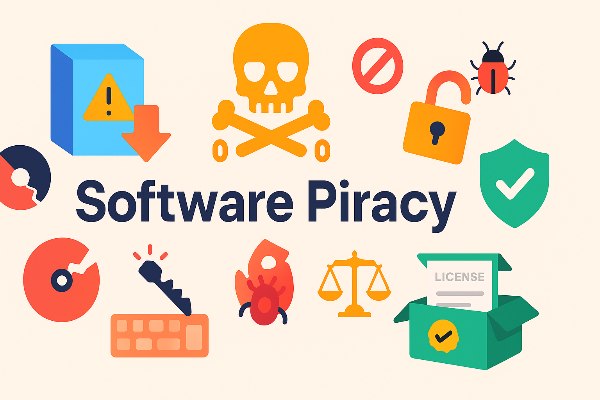What Is Cutting-Edge Technology?

At its core, cutting-edge technology refers to solutions that are at or just beyond the current industry frontier—new enough that standards, best practices, and mass-market maturity may still be forming. It’s different from “bleeding edge” (experimental, unproven) and “state-of-the-art” (the best available at a given moment). In day-to-day decisions, think of cutting-edge technology as tools that move from labs and pilot programs into early production: advanced AI models, zero-trust networking, privacy-enhancing computation, adaptive authentication, or satellite-plus-5G backhaul.
Why the term matters: when a capability crosses into cutting-edge technology, vendors begin offering supported products, enterprises start controlled rollouts, and consumers see benefits without needing to be technologists.
Why Cutting-Edge Technology Matters
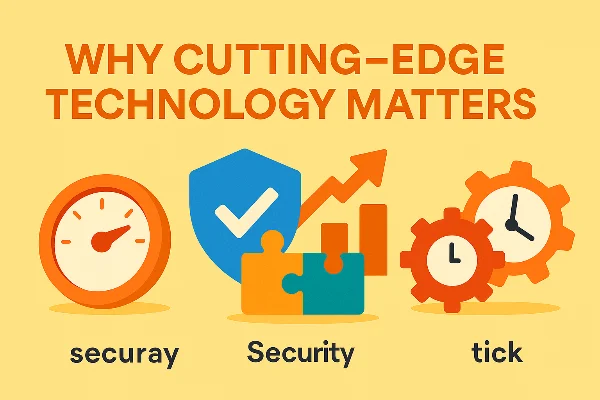
Across industries, the same attributes tend to signal cutting-edge technology:
-
Meaningful performance jump: A step-change in speed, efficiency, or accuracy (e.g., AI inference on-device).
-
Security-by-design: Built-in encryption, strong identity, least-privilege defaults, or privacy tooling—hallmarks of state-of-the-art solutions.
-
Composable & API-first: Designed to integrate with older systems so adoption isn’t all-or-nothing.
-
Observability: Telemetry and guardrails that make novel systems auditable from day one.
-
Rapid iteration: Vendors ship improvements continuously; customers can adopt features gradually.
These traits help you separate cutting-edge technology from marketing hype. If a tool isn’t measurably better, auditable, and integrable, it’s not ready.
Real-World Cutting-Edge Examples You Can Use Now

To ground the concept, here are cutting-edge technology categories that moved from pilot to practical:
-
Modern AI at the edge: On-device summarization, translation, and threat detection that keep sensitive data local while speeding up workflows.
-
Passwordless sign-in & passkeys: A practical, state-of-the-art replacement for passwords that reduces phishing risk and login friction.
-
Zero-trust networking: Identity-aware access replaces broad VPN access to internal apps; segmentation limits blast radius.
-
Privacy-enhancing tech: Differential privacy, secure enclaves, and anonymization pipelines enable compliant analytics.
-
5G + satellite hybrid: Redundant connectivity for vehicles, field teams, and rural operations.
-
Post-quantum road-mapping: Hybrid cryptography pilots prepare organizations for future-proofing without breaking current systems.
-
Secure DNS and encrypted SNI: Everyday upgrades that stop passive observers from reading your destination domains.
Each example shows cutting-edge technology maturing into something normal users can actually deploy.
Benefits vs. Pitfalls of Adopting Cutting-Edge Technology

Benefits you can bank on
-
Competitive lift: Faster releases, better user experience, and differentiated features.
-
Risk reduction: Strong defaults (e.g., least-privilege, encryption-everywhere) often surpass legacy baselines.
-
Cost curves: Cloud-native and API-first platforms turn capex into flexible opex and scale with demand.
-
Talent attraction: Teams want to work with emerging technologies that advance their skills.
Pitfalls to avoid
-
Hidden complexity: Novel stacks introduce new dependencies; without observability and training, incidents linger.
-
Vendor lock-in: Proprietary formats and closed models can trap data and slow future moves.
-
Premature adoption: Jumping to the “bleeding edge” can mean fragile tooling and limited support.
-
New attack surface: Every integration expands the map—misconfigurations remain the #1 cause of breaches.
The smart move is structured experimentation: pilot first, measure, then scale cutting-edge technology that proves value.
What You Can Do in Real Life

Even the safest cutting-edge technology can’t control the network you’re on. When you’re testing new tools at a café, hotel, or airport, local operators and on-path snoops can still see or tamper with traffic unless it’s protected.
That’s why it’s wise to pair cutting-edge technology adoption with foundational network hygiene:
-
Use an encrypted tunnel: A free proxy VPN in UFO VPN encrypts traffic between your device and a secure server, reducing exposure on untrusted Wi-Fi and masking DNS lookups from hotspot owners.
-
Prefer official apps & domains: Bookmark the real admin consoles; avoid ad-shortened links when managing new systems.
-
Separate profiles: Keep work and personal identities in separate browser profiles or user accounts so tests don’t leak data across contexts.
Quick start with UFO VPN
With 3000+ server in over 100 countries, UFO VPN is open to download as a free iPhone VPN, free Android VPN(with VPN APK), free Windows VPN and free Mac VPN. Install the app and sign up or log in.
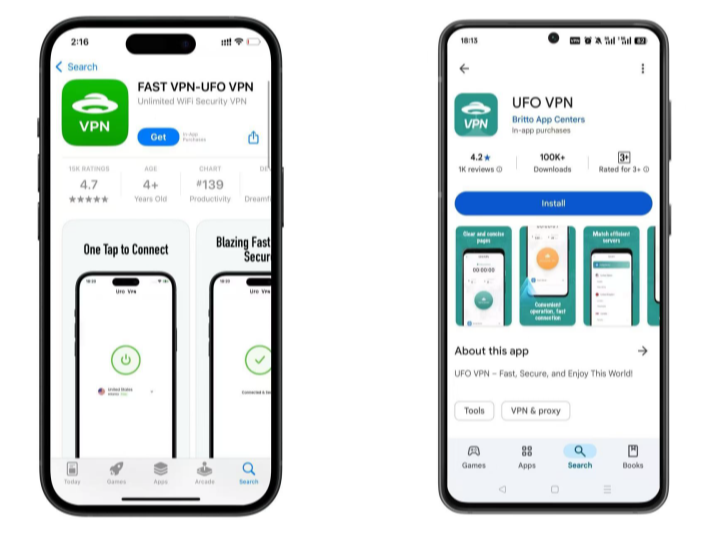
Open the app, choose a free server locationwhere your desired streaming/gaming/browsing platform is available.
We recommend free USA VPN, free UK VPN and free Australia VPN.
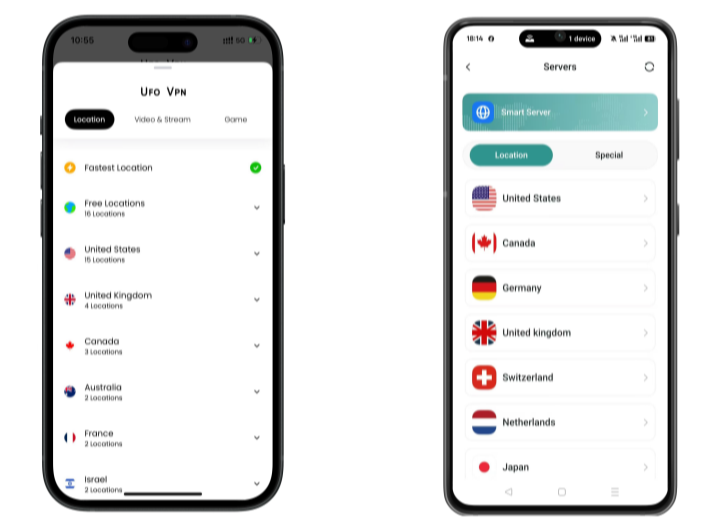
Pro Tip
UFO VPN is compatible with popular platforms in gaming and streaming as CODM VPN, PUBG VPN, Netflix VPN and more!
After connecting, visit What is My IP tool to see your current location and ensure your real IP is visible.

With all set, visit your favorite platform and start browsing without geo-blocks or buffering!
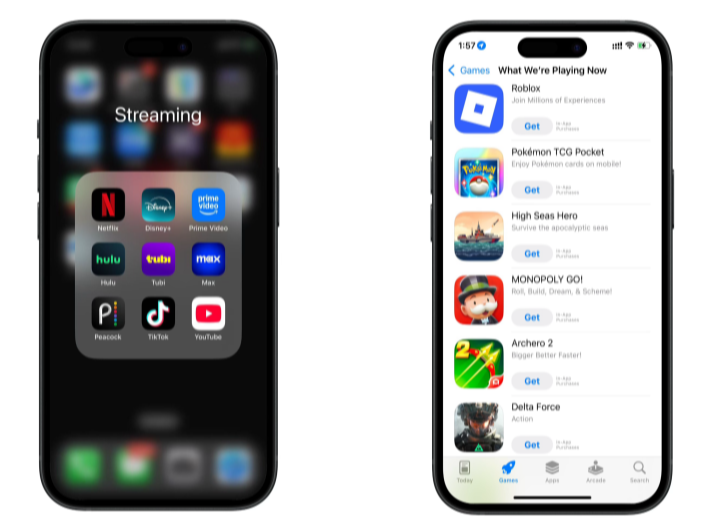
How Cutting-Edge Technology Shapes 2025’s Technology Trends

Looking ahead, these technology trends will shape the near term:
-
Local AI + privacy: On-device models shrink costs and keep data closer to the edge; client-side inference becomes default in browsers and phones.
-
Identity everywhere: Continuous risk scoring, passkeys, and device posture checks blend into everyday login flows.
-
Encrypted by default: From DNS to SNI and email-in-transit, less metadata leaks to passive observers.
-
Resilience over perfection: Architectures favor graceful degradation, chaos testing, and dependency isolation.
-
MLOps maturity: Governance, model cards, and reproducibility make AI deployments auditable and compliant.
-
Interoperability pressure: Customers demand exportable logs and portable data to avoid lock-in.
For each trend, the safest path is the same: pilot, measure, secure, then scale cutting-edge technology that earns its keep.
FAQs
What makes something “cutting-edge technology” rather than hype?
A measurable performance or security improvement, proven in a realistic pilot, with integrations and observability ready for production.
Is cutting-edge technology safe to use in regulated industries?
Yes—if you map data flows, enforce identity and encryption, and capture audit logs. Many state-of-the-art tools ship with compliance features out of the box.
How do I avoid vendor lock-in with cutting-edge tools?
Favor open standards, exportable data, and identity integrations (SSO/SCIM). Validate migrations during the proof of concept.
Will a VPN make cutting-edge technology secure by itself?
No. A VPN (like UFO VPN) protects your network path—especially on public Wi-Fi—while your apps’ own controls protect data at rest and in app-to-app links.
What’s a fast way to try something new without risking production?
Spin up a contained sandbox, gate access behind SSO, protect admin sessions with UFO VPN, and roll out to a small cohort with feature flags.



